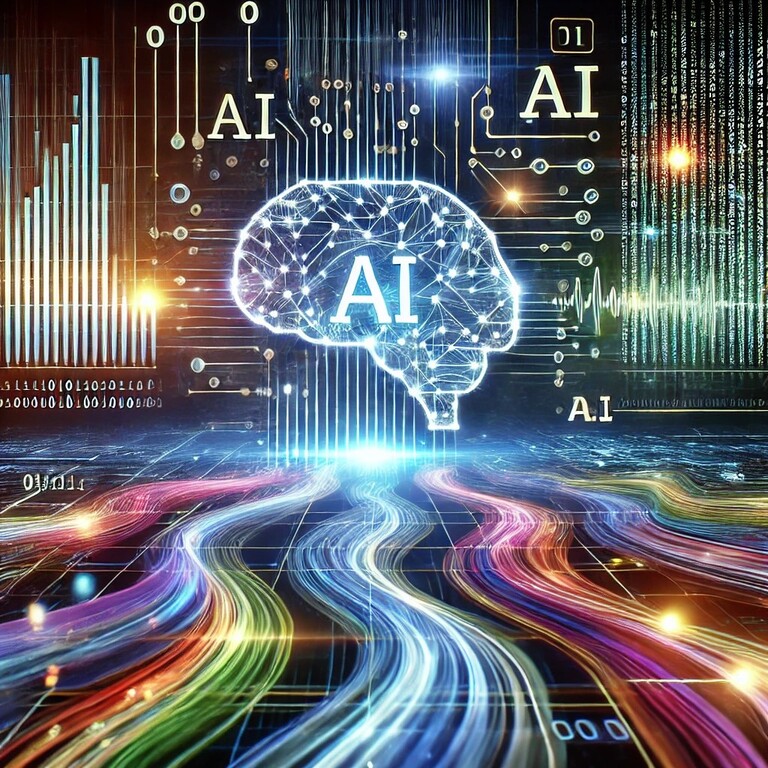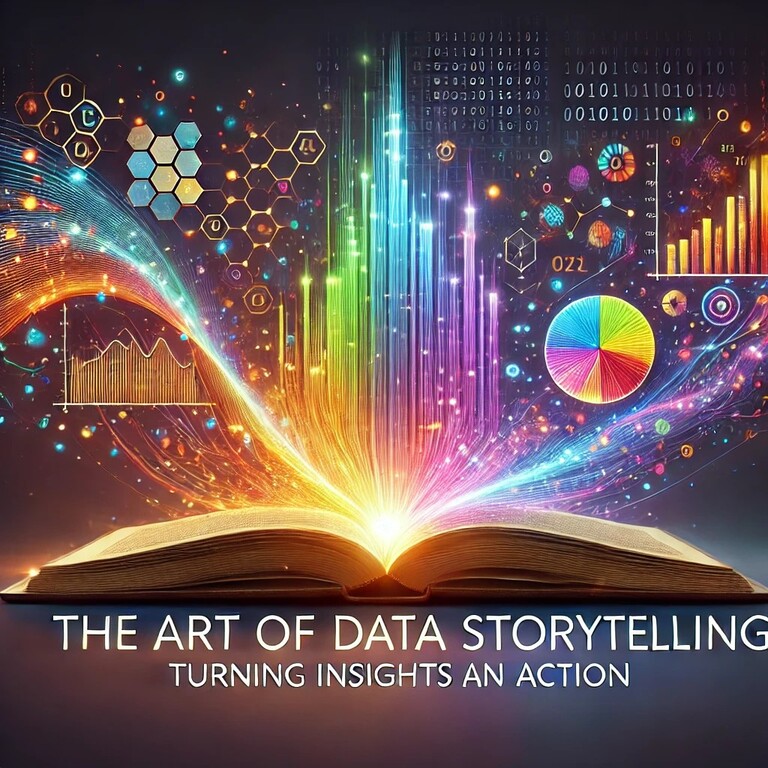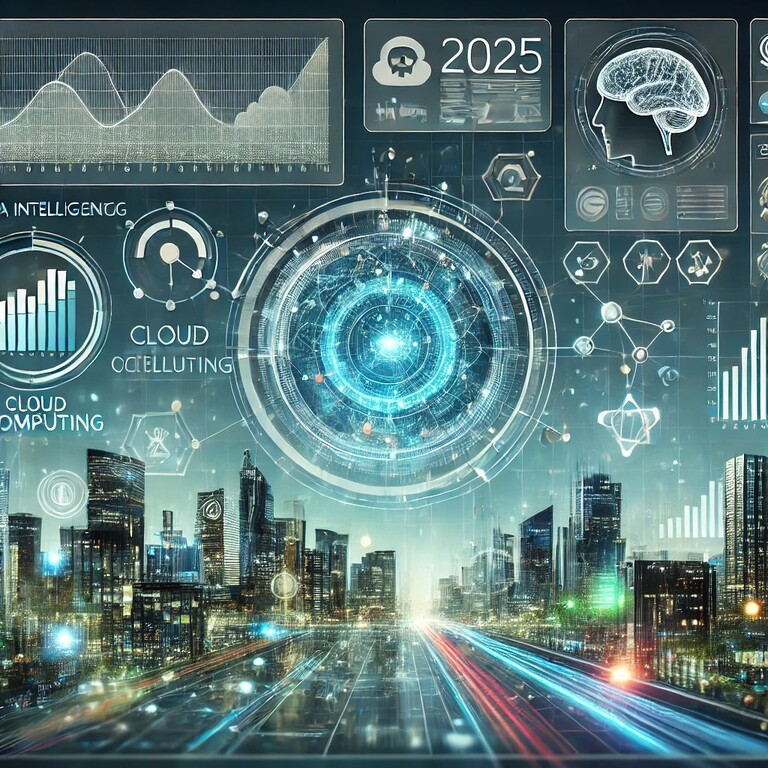The world of data science is evolving at breakneck speed, and 2025 promises to be a game-changer. From advanced AI-driven tools to novel statistical techniques, the field is being redefined, enabling businesses and researchers to extract unprecedented insights from data. Whether you’re a seasoned data scientist or an aspiring enthusiast, staying updated is crucial. This post delves into the data science tools and techniques for 2025, offering a glimpse into what’s next for this dynamic domain.
Key Data Science Trends for 20251. AI-Powered Tools: The Next Frontier
Artificial Intelligence (AI) continues to dominate the data science landscape, with tools becoming more intuitive and powerful. By 2025, expect widespread adoption of:
- AutoML Platforms: Tools like Google Cloud AutoML are advancing, enabling non-experts to create high-performing models with minimal coding.
- Generative AI in Data Augmentation: Applications like synthetic data generation using models from OpenAI will address data scarcity issues.
These advancements will democratise data science, making it more accessible across industries.
2. Cloud-Native Solutions
Cloud computing is indispensable for modern data science, and 2025 will see:
- Serverless Architectures: Solutions like AWS Lambda and Google Cloud Functions eliminate the need for managing infrastructure, enhancing scalability and cost-efficiency.
- Integrated Development Environments (IDEs): Cloud-based IDEs such as Google Colab and Databricks will continue to gain traction, offering seamless collaboration and real-time processing power.
Pro Tip: Ensure data security by leveraging encryption protocols and complying with data governance standards like GDPR.
3. Advanced Visualisation Techniques
Data storytelling is becoming more sophisticated, with tools focusing on dynamic and interactive visualisation:
- Augmented Reality (AR) Dashboards: Emerging AR visualisation tools from platforms like Tableau will offer immersive data exploration.
- AI-Assisted Charting: Tools integrated with AI will recommend optimal visualisations based on dataset characteristics, a trend gaining momentum in the BI space.
4. Quantum Computing in Data Science
Quantum computing is no longer a distant dream. By 2025, expect:
Quantum Machine Learning (QML): This field combines quantum computing with machine learning, paving the way for breakthroughs in predictive analytics.
Quantum Algorithms: Companies like IBM and Google Quantum AI are developing algorithms to tackle complex computations at speeds unimaginable with classical computers.
Essential Techniques for 2025
1. Federated Learning for Privacy-Sensitive Data
Federated learning allows models to be trained across multiple devices or servers without sharing raw data. This approach is critical for industries like healthcare and finance, where data privacy is paramount.
2. Causal Inference
As organisations seek actionable insights, causal inference techniques will grow in importance, helping distinguish correlation from causation and enabling robust decision-making.
3. Explainable AI (XAI)
With increased reliance on AI, transparency is key. XAI techniques will ensure models are interpretable, fostering trust among stakeholders.
Conclusion
The data science landscape in 2025 will be defined by its convergence with AI, cloud, and emerging technologies like quantum computing. To remain competitive, professionals must embrace these innovations and continually refine their skill sets.








